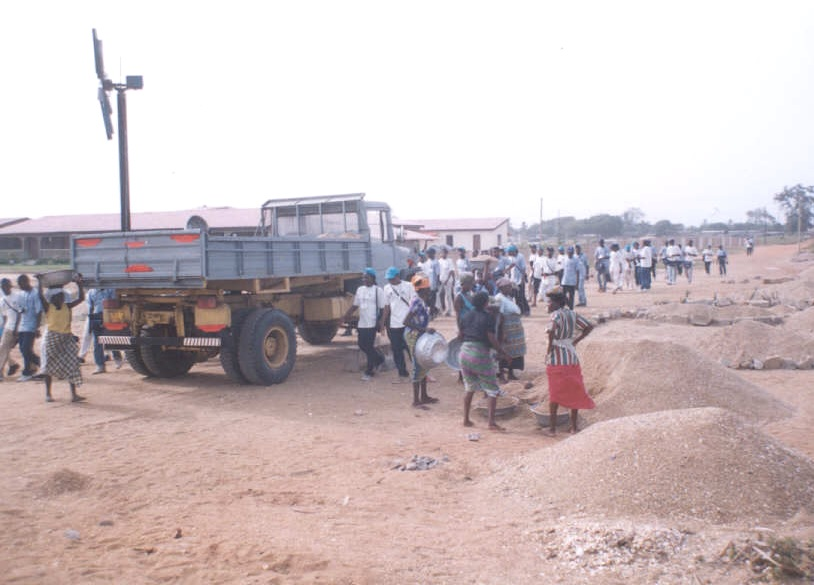Information and communication of biodiversity matters
Monitors after a training session.
A. Sesay, Reptile and Amphibian Program – Sierra Leone
On-the-spot training of monitors.
Lamin Kamara
Education and sensitization meeting.
A. Sesay, Reptile and Amphibian Program – Sierra Leone
Appropriate information and communication tools such as t-shirts, posters, calendars, billboard as well as brochures and flyers are distributed to educate and sensitize the local communities about the importance of biodiversity and especially, raise awareness for turtle conservation. In regular community meetings and seminars, detailed information is shared and community members are engaged in the program’s activities, which is believed to be creating the feeling of local ownership.
• Appropriate outreach materials help to facilitate the process.
• Involvement of legitimate authorities in the awareness raising efforts. They may include staff from the respective ministries, NGOs and other institutions that will provide the accurate messages about the biodiversity matters in the country.
• Conducting meetings, seminars and workshops with the targeted community members, during which the materials are distributed.
• Readiness of the funding for the activities is important.
• Appropriate awareness raising materials help achieve the desired goal. Locals have always welcomed the distribution of education materials like calendars, t-shirts, billboards and brochures during meetings.
• The presence of staff from government ministries, other NGOs and institutions in meetings helps to communicate the importance of the conservation effort
• Conducting meetings that bring together community members helps to facilitate the awareness raising process much more than individual meetings and talks, though these also help in some ways at times.
• The more funding available enables the production of more materials and catering for more community members during gatherings.
Education and sensitization
